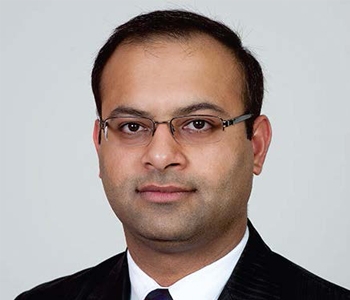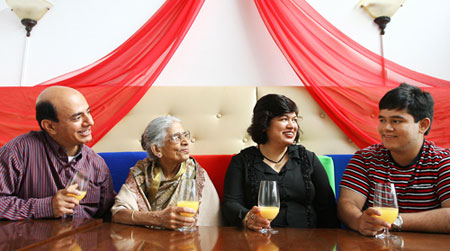Indian-born residents form the largest numbers in Victoria surpassing Italy, Vietnam, Greece and Sri Lanka.
Melbourne, April 12: Indian people are Victoria’s biggest migrant group for the first time in history, according to latest census figures.
The first results of the census revealed that after 12 years of strong growth India was the biggest source of migration to Australia, beating England for the first time. England held the top spot at the last census in 2011.
Victoria is the second-most populous state of Australia, recording a growth of 2.3 percent in the last ten years.
According to the latest figures released by Australian Bureau of Statistics (ABS) in Victoria, Nepal had the highest rate of increase with an average annual growth rate of 27.8 per cent, in terms of population growth, vis-à-vis nations.
Only 4,400 people were recorded to be of Nepal origin in 2006.
Pakistan recorded the second fastest increase standing at 13.2 per cent per annum, followed by Brazil at 12.1 per cent, India at 10.7 per cent and Bangladesh at 8.9 per cent.
Harish Budhiraja of Indian origin, who moved to Australia in 2005, said Indians see Victoria as accepting and multicultural.
In 2006, India was not even amongst the top four migrants’ sources to Victoria, with England, New Zealand, Italy and Vietnam holding the top four spots.

“Indians still see Australia as the land of opportunity when it comes to education, research and the standard of living,” Budhiraja was quoted as saying.
He said he had not experienced any racism in his 12 years in Victoria.
“People say Australia is struggling in industry but I don’t think so; we are doing better than most other economies,” Budhiraja told News Limited on Wednesday.
Budhiraja, who is a chartered accountant decided to move to Australia for economic prospects – better options to progress his career, given he did not have the means to start his own accounting firm.
Melbourne resident, Budhiraja, 42, is now married and has two Victorian-born children.
Typical of the average Indian migrant, Budhiraja has kept his “social and religious beliefs with me but at the same time I started respecting the culture, like for example watching the footy,” he told News Limited.
North India migrants, Mukul Hatwal and his family also enjoy their life in Victoria.
Hatwal also moved to Victoria for better career prospects, through the independent skilled visa program.
He has since worked with five regional local governments and in 2009 took on the role of Manager of Planning and Development in the Shire of Mitchell. In 2012, Mukul took the role of Strategic Planning Project Manager (Growth Area) in the City of Ballarat.
Victoria is the most densely populated state in Australia.
Although Indians have overtaken UK as the biggest migrant group, persons from UK continued to be the largest group of overseas-born residents, accounting for 5.0 per cent of Australia’s total population until June 2016.
New Zealand accounts for 2.5 per cent overseas-born residents followed by China at 2.2 per cent and Indians at 1.9 per cent.
England remains the most prominent source of migrants for Western Australia, South Australia, Tasmania, the Northern Territory and the Australian Capital Territory.
The ‘typical’ migrant in Australia was born in England and is 44 years old. However, in Victoria, they were born in India.
Chinese migrants are at number one for New South Wales while New Zealanders feature prominently in Queensland.
Nationally, the proportion of Australians born overseas is at a record high of over 28 per cent.
The ‘typical’ Australian lives in a three-bedroom house and the ‘typical’ homes are owned with a mortgage, although each state result varies.
Women have outnumbered men according to the latest study of Australia’s population. Today the ‘typical’ Australian is a 38 year old female.
Nidhi Mehta
feature image: Ballarat residents – Mukul Hatwal and family loves living in the leafy surrounds of Ballarat, Victoria. (vic.gov.au)
Similar Posts by The Author:
- Supriya Shrinate delivers Kangana Ranaut a huge advantage
- The Mahua Moitra saga – Is she a victim for Shashi Tharoor to save?
- Election 2022: Matthew Guy is closing in on Daniel Andrews
- Harry and Meghan claims: Queen responds but the Today team is divided
- Alleged Hindu phobia gets Rinku Sharma killed in India

